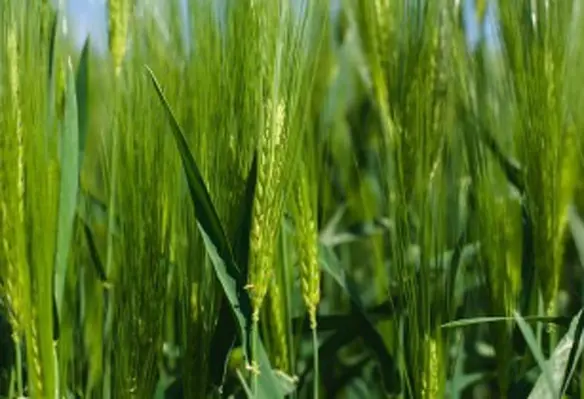Rothamsted scientists are assessing whether flower-rich margins, hedgerows or tree lines are helping improve yield and asking farmers to help by sending them GPS data collected at harvest
The Institute will provide farmers with an easy to interpret summary of the findings, with tips on how they might increase production.
The data will be integral to a study linking the biodiversity found just beyond the field with variations in yield within it.
Dr Helen Metcalfe, who is collating the data, said that different types of field boundaries could help to reduce the yield decline at field edges.
“By linking the yield monitor data collected by GPS enabled combine harvesters with the presence of different landscape features, we will try to determine whether yield decline towards the edge of fields is associated with certain types of boundaries.
“Likewise, we will also identify whether features known to support pollinators and other beneficial wildlife are having a positive effect on yield in the nearest parts of the crop.
“We’d be really grateful it if any farmers with yield monitor data from their combines would share it with us.”
The EcoStack project is hoping that information on the location, quality and quantity of landscape features such as hedgerows or wildflowers linked to yield maps will give the clearest indication yet on the benefit of on-farm biodiversity.
Data from any sort of crop, from any part of the UK will be useful, she added, stressing that no farmer data will be shared beyond this project.
“We won’t publish maps or use them in presentations without prior consent, and the way the data will be pooled and processed before publication means nothing identifiable will be detectable from it.”
For more information, visit www.ecostack-h2020.eu/2020/04/01/yeld-monitor





